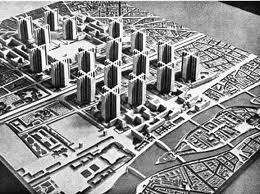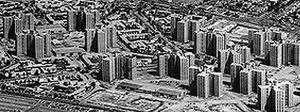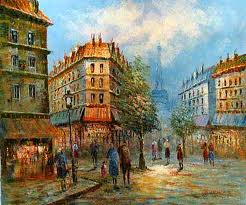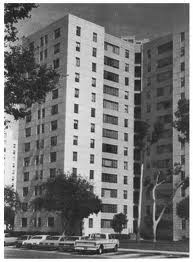A review of Steve Mouzon’s new book New Media
First off, this book is friendly. That’s the stand out first impression. It is innovative in its use of iBook technology and it is thorough in its explanations of new media, but overall it comes across as… friendly. And that’s no surprise because its author is Steve Mouzon, author of The Original Green.
Mouzon has previously written about sustainability as a green concept for how we live our lives. Now he turns to the sustainability virtue inward toward marketing the work we do. How best to share our vision of the world?
Town planning, urban design, etc. are fun topics to discuss in an academic setting. But get outside of that small circle and you find you’ve lost your audience. Even though people use sidewalks everyday they rarely think about how and why sidewalks are built the way they are built.
Mouzon sees New Media as a way for architects, planners, etc. to re engage their audience in a direct way. If we reach the general public through new media, then we can have them on our side when we go to council meetings to talk about master plans.
With “Noodles & New Urbanism” our mission has always been to take the principles of New Urbanism, break them down, and make them more accessible to people in our community. So if you architects, urbanists, planners, and designers, take Mouzon’s book to heart, that will really make our mission a lot easier.
Geared toward designers and builders, the book could be used by anyone attempting to engage new media on behalf of their traditional practices. I will be referencing it in communications meetings in churches, at the theater I manage, and when talking to various artists. We are all trying to better the world, and using new media can make it easier. And Steve Mouzon makes new media easier. So it all wraps up nicely.
The Noodles & New Urbanism book group will be discussing New Media at our next meeting.
Wednesday Oct 16th 9pm at Mao’s Kitchen on Melrose












